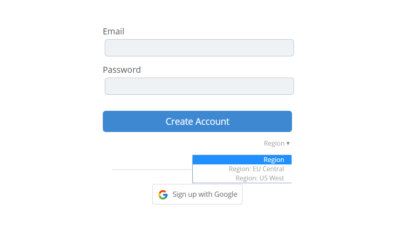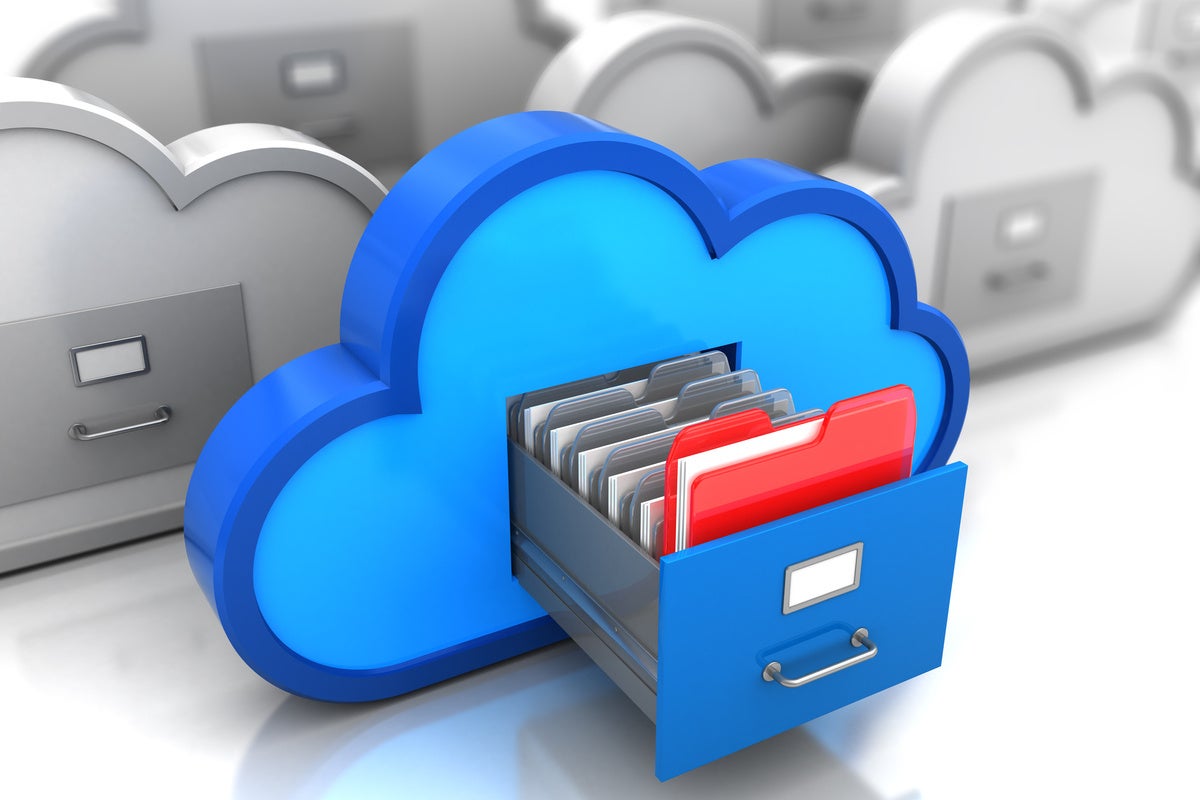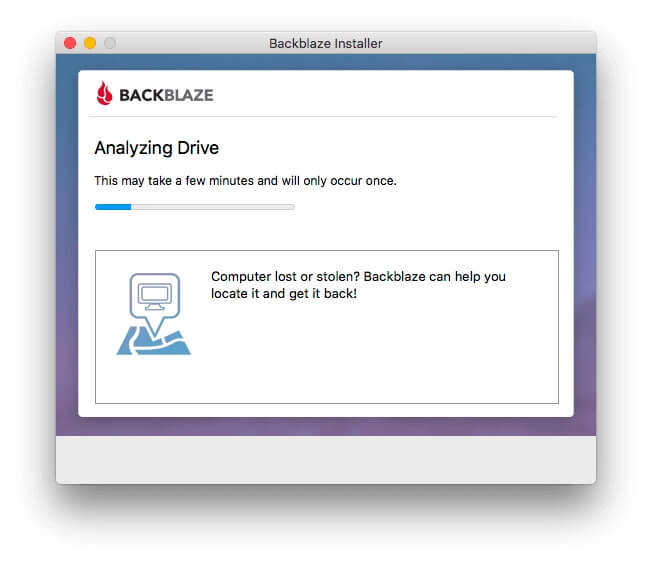

- #Backblaze vs idrive update
- #Backblaze vs idrive full
- #Backblaze vs idrive software
- #Backblaze vs idrive license
That’s great for sharing your music collection - not so much for sensitive documents.
#Backblaze vs idrive full
With Backblaze, whoever receives the link to your shared files gets full and unrestricted access. Backblaze, pCloud and IDrive allow a Google Drive-esque level of control over your files, allowing you to fine-tune who can edit and view them. Unfortunately, there is no way to fine-tune access to these files. From the View/Restore section, you’ll need to select your file(s) and then click on the “Share with Link” button. The process is straightforward, but it does require logging in through the web portal, which is a bit annoying. Backblaze handles this through its cloud storage service, which you must sign up for if you wish to share files with others. To compete with the best online storage solutions these days, a company like this needs to have a competitive file-sharing platform, too. Just remember that, unlike Backblaze, B2 has storage limits (10 GB for Backblaze users by default), so this option is best used for smaller files (e.g., text documents). When you transfer uploaded files to B2 cloud storage, they will be timestamped and stored indefinitely.
#Backblaze vs idrive update
We personally prefer IDrive’s versioning solution (which saves the 30 latest versions of each file, regardless of when they were created), but this system works better for people who update files very frequently. That means you can have as many versions as you want, but Backblaze reviews your files constantly, deleting the oldest file versions once a month. Similar to Carbonite and pCloud, it is sensitive to time rather than the number of older file versions available. Like all good cloud backup services, Backblaze supports file versioning. We’ll talk more about these options in the Additional Features section.

You can also put them on B2, Backblaze’s cloud storage platform, for easier sharing. You can also filter by timestamp to help locate specific file versions, and even view hidden files.įiles can be downloaded directly to your device or shipped to you on physical media - via flash or physical hard drive - through the “Restore Return Refund” program. The interface allows you to search for files by name or simply browse through the list - much like File Explorer for Windows. You’re free to tweak the Exclusions menu, adding or removing any file types or folders you wish, and even limiting the file size for your uploads, down to a minimum of 5 MB per file.Īfter creating your first Backblaze online backup, you can restore files from the cloud through the web platform or mobile app. You’ll also have to add extensions manually for virtual drives and system files like.
#Backblaze vs idrive software
After Backblaze’s hard-drive review, the software begins the online backup procedure immediately.īy default, this first backup won’t include system directories such as i386, MSOCache, Program Files, Recycle Bin, and Windows. The backup procedure is about as simple as it gets, and the initial portion starts automatically as soon as you register, download the app, and enter your Backblaze login details. You can inherit previous backup states on new devices or delete old backups and transfer licenses, but you’ll need to pay for several licenses to actively sync multiple devices.
#Backblaze vs idrive license
That said, each license provides support for just one device.

First things first: Backblaze’s backup capacities are unlimited, and they have no file-size limits.


 0 kommentar(er)
0 kommentar(er)
